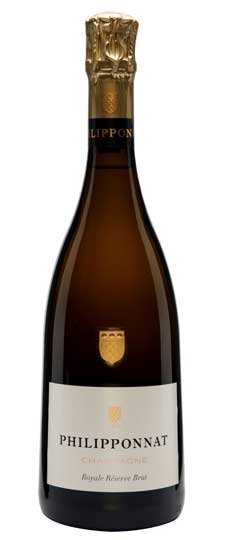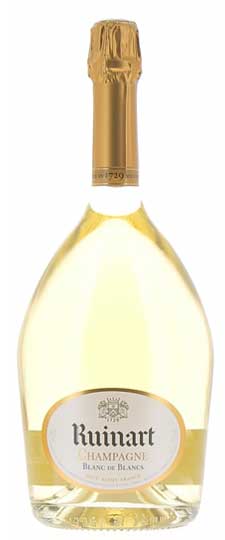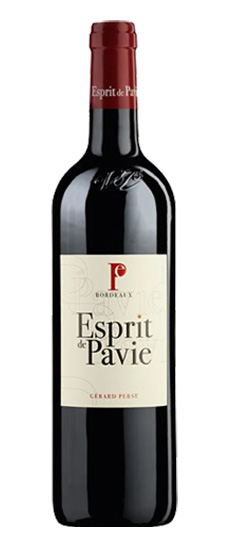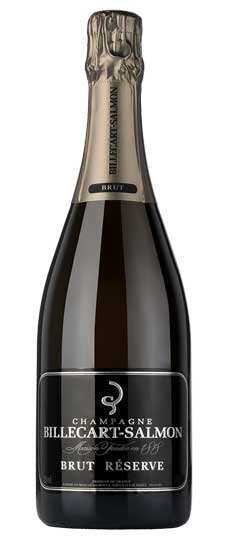Wine Score
Ruinart Blanc de Blancs
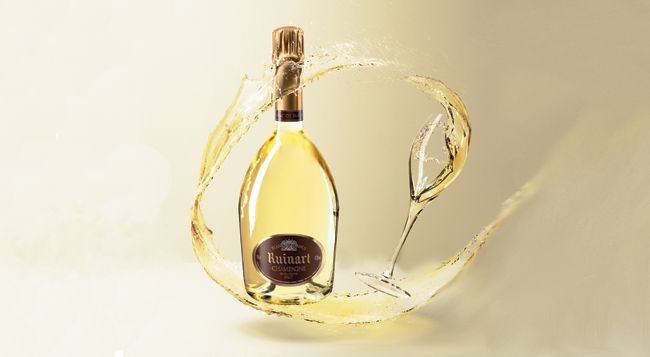
Since its foundation in 1729, the first established House of Champagne has taken pride in the excellence of its cuvées. The Ruinart taste bears the signature of Chardonnay, the thread that runs through all its blends and produces pure and intense wines of remarkable aromatic freshness.
As the emblem of the House, Blanc de Blancs is the perfect expression of the Ruinart taste and is comprised of 100% Chardonnay grapes grown primarily with Premiers Crus.
The blend is 100% Chardonnay from various years (comprising 25 to 30% reserve wines from the previous two years). Provenance: A large majority of Premiers Crus from the Côte des Blancs and Montagne de Reims vineyards for aromatic refinement, supplemented by Sézannais wines known to provide maturity. Wines from the north of the Vesle valley give a light, fresh touch.
Ruinart Blanc de Blancs is a perfect champagne for all occasions: aperitifs, lunch, dinner or celebratory meals. This cuvée marries perfectly with dishes such as sea scallop carpaccio and sea bream tartare. It makes a lovely accompaniment to pineapple and prawn skewers. The vivacity of Ruinart Blanc de Blancs is a perfect complement to seafood and white fish.
8 things you should know about Ruinart Blanc de Blancs champagne
1. It is a white champagne made of white grapes
Unlike Moët & Chandon which is a blend of three different red and white grapes, or Veuve Clicquot which is half pinot noir and half chardonnay, the Ruinart Blanc de Blancs is made of solely white chardonnay grapes, resulting in a very refreshing citrusy taste that is easy to drink. It opens with citrus topnotes of pomeloes, lemons and grapefruit before blooming into a more floral mid-body of jasmine, orange blossom and acacia. “I love it because on hot afternoons or humid evenings, it tastes just like lemonade,” says Mirey.
2. Ruinart is the oldest champagne house in the world
Founded in 1729 by Nicolas Ruinart, Ruinart is the very first wine house in Champagne devoted to the production of sparkling wine. A draper by trade, Ruinart was inspired by his Uncle Thierry, a Benedictine monk, who had told him tales about the experiments conducted by Dom Pérignon. “Having long been a master in the wine business, Ruinart decided to introduce a more exciting wine that bubbles upon being poured and dances on the tongue, and thus the first Ruinart champagne was born,” tells Mirey.
Originally made to be gifted to his best and most loyal customers of his cloth business, Ruinart’s “wine with bubbles” soon became so popular that he decided to forget about his fabric business and focus solely on the making of what is known today as the Ruinart champagnes.
3. Not all sparkling wines can be called champagne
Contrary to popular belief, not all bubblies can be called a champagne. Only those produced from the Champagne region in France technically can be classifed as champagnes. Labels produced anywhere outside of the region are simply called sparkling wines. “As the oldest champagne house in the world, Ruinart was the first to refine the second filtration process that produced sparkling champagne wine for the first time,” shares Mirey. “Before 1729, all people had to drink was flat wine.”
4. Unlike the typical 15 months, the Blanc de Blancs is aged for 3 years
Sparkling wine typically takes 15 months to form its signature bubbles that stand it apart from flat wine. The Blanc de Blancs is aged for at least three years for reasons of additional taste and texture. “This adds a creaminess to balance out the acidity from the white grapes,” explains Mirey. “What you get is a champagne that tastes more buttery, almost like biscuit.”
5. It goes with everything except red meat and chocolate
“There are only two things to avoid when drinking Ruinart,” states Mirey. “Blood and chocolate.” As a champagne with high acidity and very delicate white notes, red meat and chocolate would overpower the light opening and bloom of the Blanc de Blancs. “It is easily drunk on its own, but if you must pair it with food, the possibilities are endless,” says Mirey. The champagne is extremely versatile. Anything from oysters and caviar to cooked white fish with herbs and poultry with cream sauce will work wonders. “It will even bring out the creaminess of your famous local durian,” offers Mirey.
6. It is aged in a stainless steel metal barrel for minimum oxidisation
Wines aged in wooden barrels are kept so for maximum oxidisation of the wines. Ruinart ages its wines in quite the opposite manner; stainless steels tanks home its champagnes. “When you use wooden barrels, you lose the fresh fruit taste of the grapes to oxidisation,” shares Mirey. “The Ruinart cellars look like a dairy factory — metal tanks can be seen everywhere — so the champagne retains the original of sweet, citrusy taste of the chardonnay.”
7. It is best drunk between 8 to 10 degrees celsius
Because of its acidic body, drinking it at room temperature would leave a bitter aftertaste. “It might taste like sunburnt lemonskin that’s been left out in the sun,” advises Mirey. Ideally, a Ruinart is best kept between 6 to 8 degrees celsius so that it can be poured and then consumed at 8 to 10 degrees for optimum taste of its opening and bloom. This is also the reason why it, coupled with its light primary palate, makes for such a pleasant afternoon thirst-quencher, .
8. Ruinart is the bestselling champagne in Europe
Especially in France, when one thinks of champagne, one thinks of nothing else but Ruinart. Little doubt is presented that the Ruinart can be a staple in South East Asia given a few years. “It is a very approachable drink,” says Mirey. “It is refreshing and cooling. It is perfect for celebration.”
Region
Champagne Brut Wines
Champagne Brut is dry, sparkling wine from the Champagne region of northern France. Champagne of any color can be brut, both the standard white and Rosé. It is made from the classic Champagne Blend (typically Chardonnay, Pinot Noir and Pinot Meunier) but in theory can also include the four lesser-known Champagne varieties: Pinot Blanc, Pinot Gris, Petit Meslier and Arbane.
The French word brut translates roughly as ‘raw’, and in this sense it indicates a wine bottled in its natural, raw state – i.e. without a significant addition of sweetness (dosage). In practice, almost all brut Champagnes do receive a small addition of sweetness prior to final bottling. Nowadays, the terms “brut nature” and “zero dosage” are used to indicate champagnes with no dosage at all. See Brut Nature.
 Champagne Brut
Champagne Brut
Rows of riddling racks in Champagne
The laws governing Champagne wine labels define brut wine as “containing less than 15 grams per liter of sugar”. This same definition is reflected in E.U. law, and applies to sparkling wines from all European countries. In non-sparkling wines, which lack Champagne’s sparkle and high acidity, this much sugar would leave the wine perceptibly sweet.
The brut style was pioneered by top-end Champagne house Perrier-Jouet in the mid-19th Century, originally for their extensive market in England. The 1846 vintage marked the beginning of a new era; in that year Perrier-Jouet took the brave decision not to add any sugar to their wines destined for the English market. Prior to this, Champagne had always been sweetened, but the drier, unsweetened style soon gained in popularity. Technically speaking, what Perrier-Jouet created would now be defined as Brut Nature.
In the late 20th and early 21st Centuries, dry, white, brut Champagne has become the default. It is now vastly more popular than sweeter styles such as Sec, Demi-Sec and Doux.
The other official Champagne sweetness levels:
- Doux (50+ g/L)
- Demi-sec (33–50 g/L)
- Sec (17–35 g/L)
- Extra-Sec (12–20 g/L)
- Brut (0–12 g/L)
- Extra Brut (0–6 g/L)
- Brut Nature/Zero (0–3 g/L).


